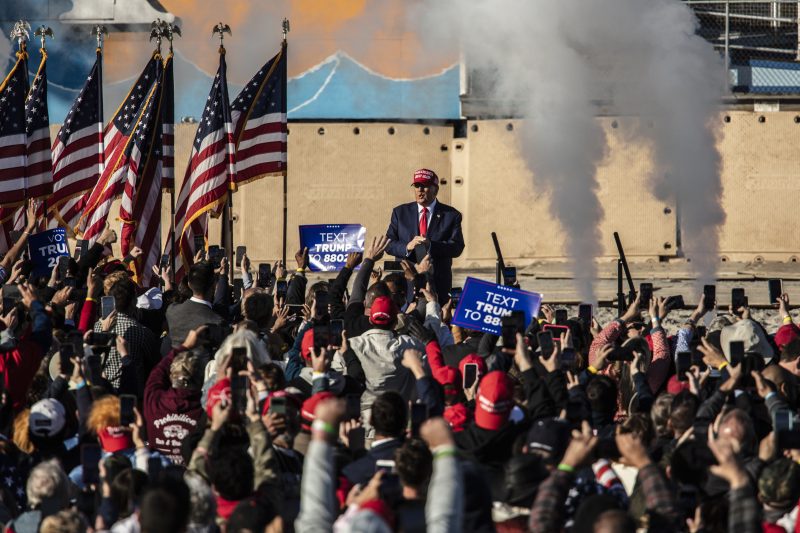In a recent analysis conducted by experts, it has been highlighted that the size of a rally or turnout at political events does not necessarily predict the outcome of an election. This revelation challenges the common belief that the enthusiasm and attendance at campaign events directly correlate with electoral success. While it is understandable that a large rally may generate excitement and media attention, the ultimate decision of the voters is influenced by a myriad of factors beyond mere crowd size.
One key aspect to consider is the demographic composition of the attendees at a rally. A massive turnout may signify strong support within a particular demographic group or geographic area, but it does not reflect the diversity of the entire electorate. Elections are won by securing a broad base of support across various demographic groups, making it crucial for candidates to appeal to a wide range of voters beyond those who attend rallies.
Moreover, the impact of a rally on actual voting behavior is limited. Research shows that individuals who attend political rallies are often already committed supporters rather than undecided voters. Therefore, while rallies can serve to energize the base and strengthen existing support, they have a limited capability to sway undecided or swing voters who play a crucial role in determining election outcomes.
Another important consideration is the difference between a rally and a structured campaign strategy. While a rally can be a powerful tool for rallying supporters and generating media coverage, it is just one component of a comprehensive campaign strategy. Ground-level organizing, targeted messaging, fundraising efforts, and effective communication through various channels are equally vital for a successful campaign.
In addition, the context in which a rally takes place can significantly impact its significance. External events, candidate performance in debates, media coverage, and evolving public sentiment all influence voter behavior. Therefore, while a large rally may generate temporary momentum, its long-term impact is contingent on how the campaign adapts to changing circumstances and effectively addresses the concerns and priorities of the electorate.
Ultimately, while the visual spectacle of a massive rally can create optics of momentum and enthusiasm, it is important to recognize that electoral success hinges on a comprehensive and strategic campaign approach that extends far beyond the size of a crowd. By focusing on engaging with a diverse range of voters, implementing a well-rounded campaign strategy, and adapting to evolving dynamics, candidates can increase their chances of success in the electoral arena.
In conclusion, while the size of a rally may capture attention and generate excitement, it is essential to maintain a broader perspective on the factors that influence election results. By recognizing the limitations of using rally turnout as a predictive indicator and emphasizing a multifaceted campaign approach, candidates can navigate the complexities of electoral politics more effectively and enhance their chances of success on Election Day.
